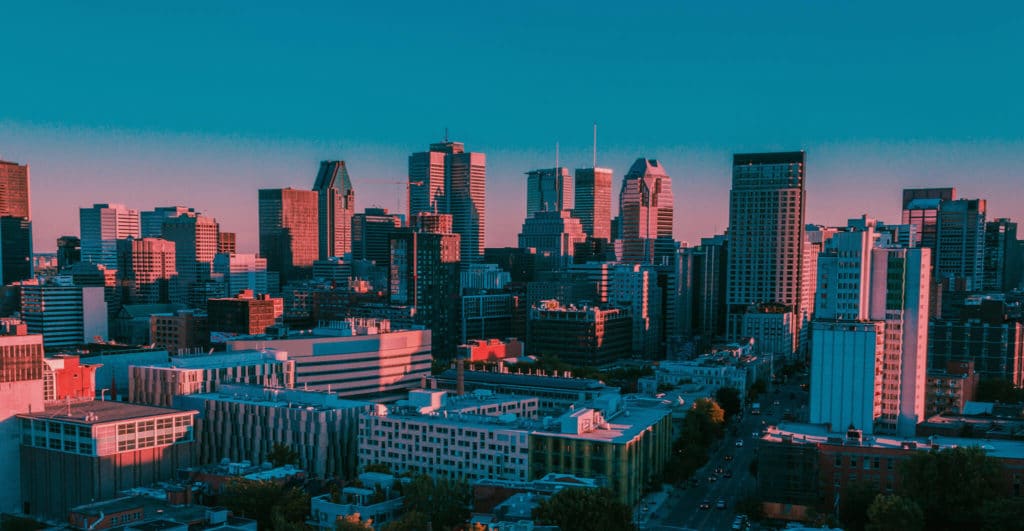The pandemic is still here but investor confidence is high in key sectors
The mercury may be well below zero these days but Montreal’s real estate market will not completely cool anytime soon. The question is, which areas of the market specifically will see the most significant activity and why?
In the previous post on hot neighbourhoods, Joe Rullier, vice-president with Colliers International — Private Capital Markets Division, gave his post-election analysis of Montreal’s most promising areas and what to expect in 2022. Here, he zooms in to see which asset classes should see the most activity in the coming months.
Multi-Residential Housing
“The truth is, it has always been a challenge to sell Montrealers on the idea of density in real estate,” explained Rullier. One need only look to ‘Downtown Lasalle’, however, to see how a neighbourhood can be rejuvenated through a thoughtful balance of multi-residential, commercial, and transportation-inclusive design.
“Mixed-use developments are the future for our cities and the answer to Montreal’s housing crisis,” he added.
Rullier is a multi-residential evangelist; he still owns the east end Montreal apartment complex he bought with his first NHL bonus over 20 years ago.
In an op-ed for the Montreal Gazette last April, he wrote that it comes down to a question of supply and demand: “In order to get more people into homes in the city as quickly as possible, and for all of Montreal to benefit from the real estate boom, there is only one smart move: Building up.”
Density, in turn, will help drive down housing costs as well as contributing to keeping families on the island.
For more information, follow the #BuildUpMTL hashtag on Instagram and LinkedIn.
Industrial Acceleration
While everyone has been struggling during the pandemic, its impacts can be a teaching moment — especially as it applies to the industrial sector, and how adaptation has proven to be an incubator for growth.
“The headline here is that COVID has acted as a sort of accelerant for industry, along with the retail sector,” said Rullier. “It’s forcing businesses to modernize faster than expected. And with interest rates as low as they are, it’s a smart move to make big, long-term development plans now.”
Rental rates continue to climb in the sector, encouraged by low inventory, vacancy rates trending downward and an increase in property value that jumped from 25% in 2020 to 30% in 2021. Rullier is no fortune-teller but you don’t need a crystal ball to see where this is headed.
“The equation is: Low inventory plus low vacancies equals higher rent.”
The Great Retail Rebound
As comeback stories go, it doesn’t get much more exciting than what is happening on the retail front.
A Globe & Mail article from last November paints a rosy portrait of downtown Montreal’s future, with vacancy rates returning to pre-pandemic levels.
“We’re seeing a lot of momentum,” observed Rullier. “This bodes well for anchor-type businesses and service-oriented businesses — think of a shopping mall anchored by a bank or pharmacy. Investors are feeling reassured, and you can feel it coming back.”
The pandemic-era trend to accelerate real estate innovation means more community-oriented spaces, including service-oriented mini-malls within residential complexes offering basics like groceries and a pharmacy, special amenities catering to particular communities like gyms or rock-climbing walls, and prestigious anchor tenants that help define the building’s overall brand. It’s a perfect example of what Rullier expects developers will look to do in order to build up downtown Montreal (#BuildUpMTL): maintaining or creating community landmarks, and not being shy to build above and around them.
